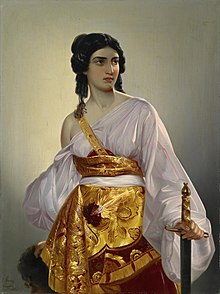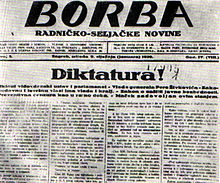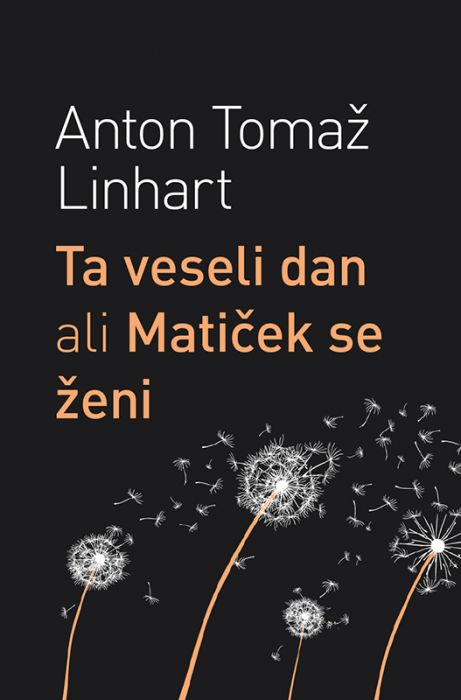If you've ever seen the movie
or read the book Black Hawk Down,
you'll know about Somalia's civil war and political struggles of the early
1990s. I watched it when it first came out. I'm not super huge into war movies,
mostly because I'm not a fan of war. I remember it being "based on a true
story," which I found out later was up for debate. The main issue was that
the movie told the story from an American point of view, so it tended to change
other people's likenesses and distort some of the facts of what happened. It
practically implied the Americans saved the day all by themselves, which wasn't
exactly the case. In fact, even many of the American soldiers who were there
dispute the way the film portrayed the events.
Somalia means "land of the Somalis," the majority ethnic group in this area. However, where the term Somali comes from exactly still remains uncertain. Some historical linguists think it might be related to the phrase sac maal, meaning "cattle herders," or it might possibly stem from Samaale, a legendary patriarch.
Somalia lies on the Horn of Africa, an area of northeastern corner of the
African continent that sticks out into the Indian Ocean/Arabian Sea. It has the
longest shoreline of any African country and shares a border with Djibouti to
the north, Ethiopia to the west, and Kenya to the southwest. The southern half
of the Ethiopian border is somewhat disputed. The country is divided into
different regions, almost like states, but instead of fighting for autonomy
with the country like a state or province would hold, they're fighting for
autonomy outside of the country. Maybe I'm wrong on that. It’s a little
confusing. In the north, you have the regions of Somaliland and Puntland. Below
that you have Galmudug and a Central Regions State. In the southern regions,
you have a South West State and Jubaland that borders with Kenya. Somalia, no
surprise, is warm and hot most of the year, depending on your proximity to the
equator. However, in some of the highland plains and mountainous areas, the
temperature can drop below freezing in December. Depending on where you are,
the climate is generally arid or semi-arid, with definite rainy and dry
seasons. (Not many options here. As half-Scottish/half-German, I would probably
just burst into flames.)
People have inhabited this area of Africa since the Paleolithic era, or roughly about 50,000 years ago. The ancient land of Punt was a thriving society that traded with Egypt, Greece, India, and other European and Asian peoples. They were really known for their gold, frankincense, spices, ivory, and myrrh. Islam was introduced to the area, and the Masjid al-Qiblatayn mosque is one of the oldest mosques in Africa. Through the 16th century, port cities in Somalia were among the most popular trade spots in Africa with long-established trade relationships between many countries and kingdoms. It was a hub for the most prized of goods, a connection between west and east. And although the areas in what is now known as Somalia have been included in many different sultanates and kingdoms, the most disrupting one was after the Berlin Conference of 1884, otherwise known as the Scramble for Africa. Certain European countries began to carve out bits of Africa for itself to colonize, and by "bits of Africa," I mean entire countries and regions. As expected, it didn't go over well. The Italians moved in and called it Italian Somaliland and brought in their fascist rule. However, the British invaded and took over several areas controlled by the fascist Italian government. After WWII, British kept control of what was British Somaliland and Italian Somaliland as one of their protectorates. As things started changing in Africa, the two protectorates joined together and were finally granted independence in 1960. There was quite a bit of turbulence and conflict during the early years as an independent country, which finally resulted in a civil war that began in 1991. The part of this civil war when American troops and others coordinated a raid trying to capture the military leader Mohamed Farrah Aidid was what the brunt of Black Hawk Down was based on. Although there has been a push for more stability in Somalia, there are still some issues with political stability and pirate attacks (even though it has really dropped in recent years) as they struggle to get out from being a “fragile state” country.
With nearly 2.4 million people, Mogadishu is the capital and largest city in Somalia. The name comes from Persian meaning “seat of the Shah.” However, the locals call it Xamar (or Hamar), meaning “tamarind.” (I thought calling a city by a fruit was weird until I remembered The Big Apple.) Although the city has taken quite a hit through its many conflicts, civil wars, and disturbances over the years, it remains the center of the government, commerce, higher education, transportation, media, and sports & culture. Famous residents include the supermodel (and widow of David Bowie) Iman and award-winning rapper K’naan.
For many centuries, Somalian port cities served as major trading hubs between Europe, Africa, the Arab Peninsula, and Asia (mainly India). Fast-forward to today, their economy has shown growth and improvement even after years of civil war, which usually wrecks the economy. Their economic drivers mainly include agriculture (in particular, livestock), telecommunications, and remittances from abroad. Agriculture employs nearly 65% of the workforce, and an estimated 80% of Somalians still live nomadic lifestyles. The nomadic or semi-nomadic communities raise much of their goats, camels, cattle, and sheep. In the post-civil war era, there has been a shift from more government-run industries to more privately run ones. Factories like meat processing plants, canneries, and other manufacturing have been on the rise, especially in the urban areas. There have been some natural gas and oil deposits found as well as deposits of uranium.
Nearly the entire country's popular adheres to Islam, with the majority following the Sunni branch. Sufism, the mystical side of Islam, is also practiced by many people in Somalia. Sharia law, where law is steeped in Islamic principals, is the basis of their legislation. Christianity makes up only a very small percentage here, and that's probably only because of the British and Italian influences. Likewise, followers of other religious ideologies like indigenous animism, Buddhism, Judaism, Hinduism, or just people with no religious affiliation also come in very small numbers here.
The two official languages of Somalia are Somali and Arabic. Somali, the native language of the Somali people, is a Cushitic language and related to other nearby languages like Afar, Oromo, and Saho. The Somali language has went through several scripts, but its current script is actually one that was developed for it and introduced in 1972. Arabic, however, became an official language from its history with the Arab countries through trade and a mutual religion. Two minority languages spoken in certain communities are Bravanese (a Swahili dialect of the Bravanese people) and Kibajuni (a Swahili dialect of the Bajuni people).
While there are certainly many disturbing facts concerning Somalia’s poverty, civil unrest, and lack of resources, it’s a country rich in history, traditions, and culture. I’m excited to take a closer look at this country that tends to only make the news when it’s something unsavory. So, let’s look at all the other things that’s going on.
Up next: art and literature
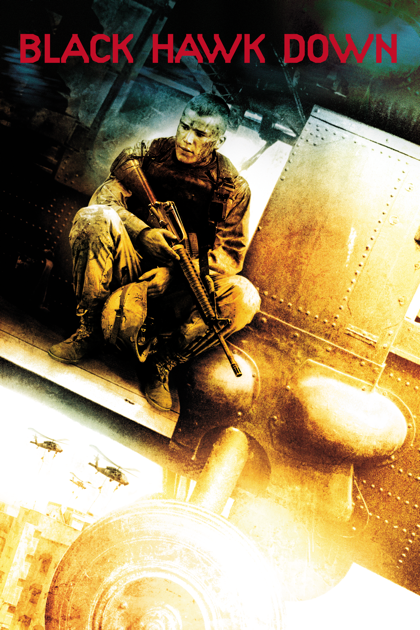






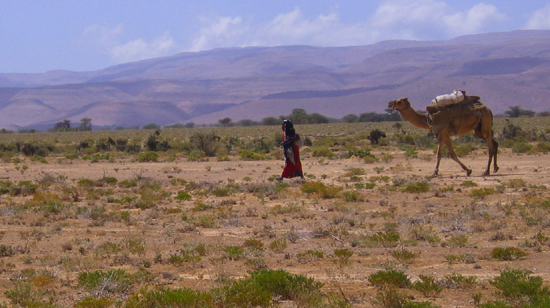





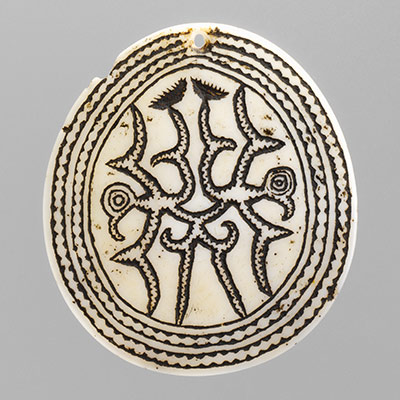

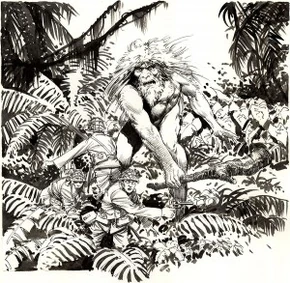


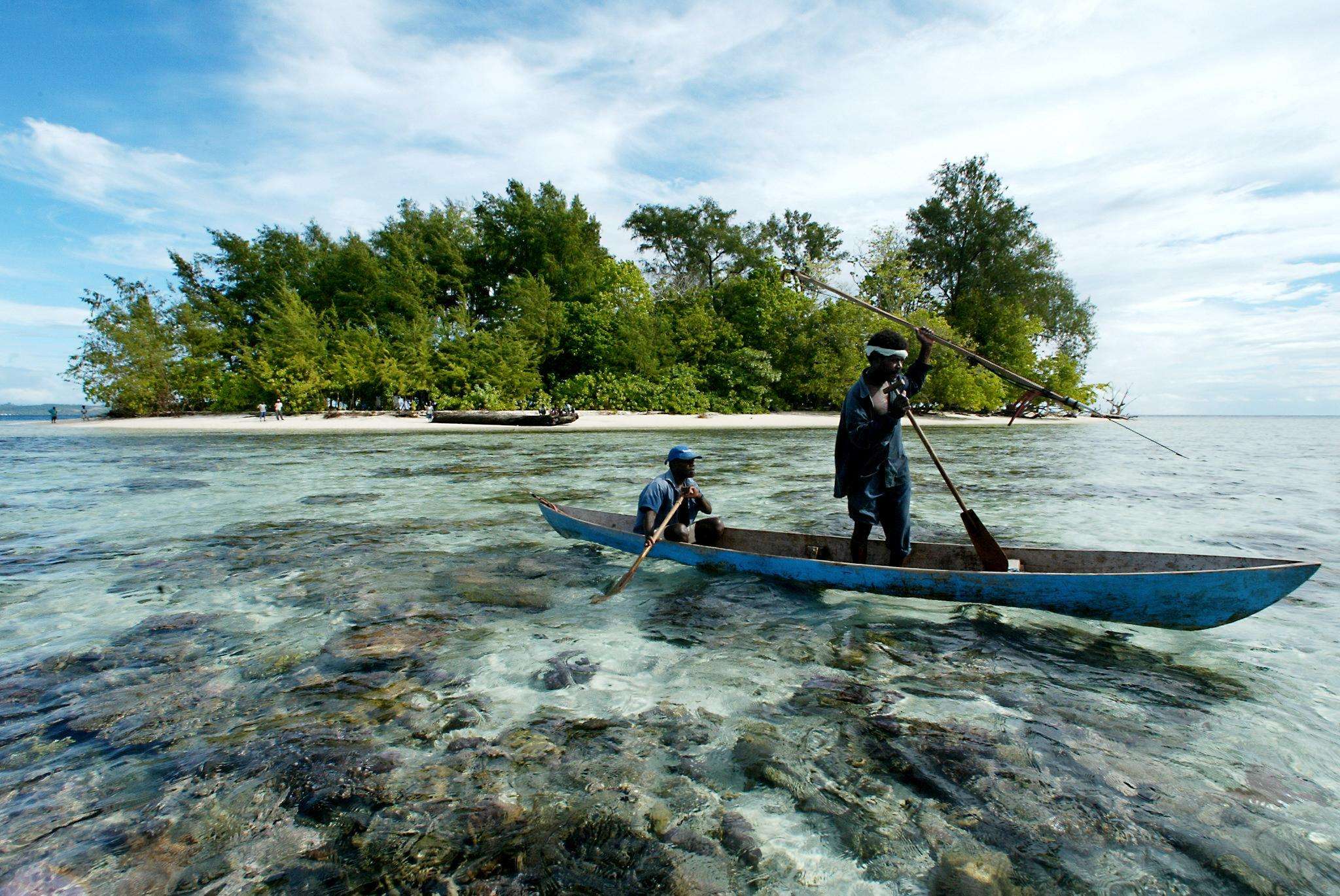


.jpg)
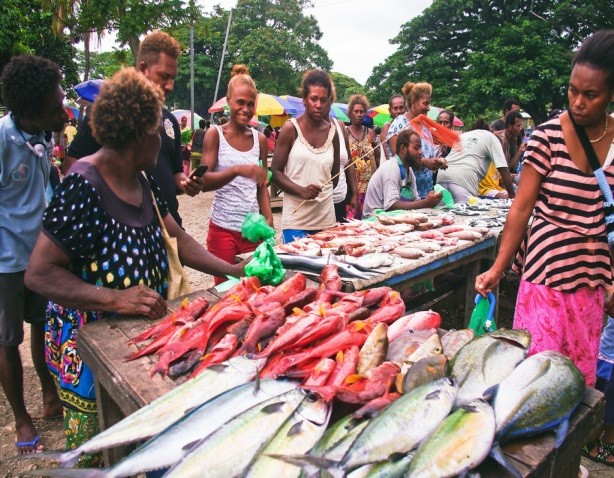






_(9420310527).jpg/200px-Fl%C3%BBte_pal%C3%A9olithique_(mus%C3%A9e_national_de_Slov%C3%A9nie%2C_Ljubljana)_(9420310527).jpg)
